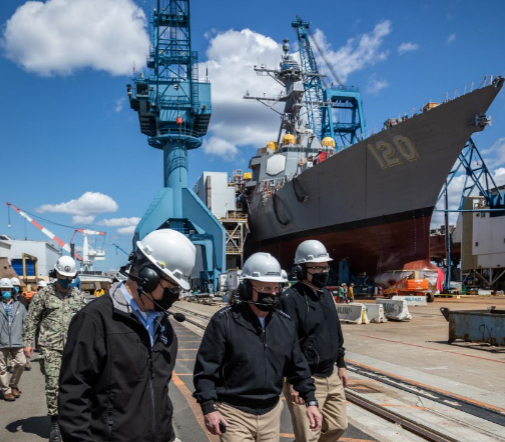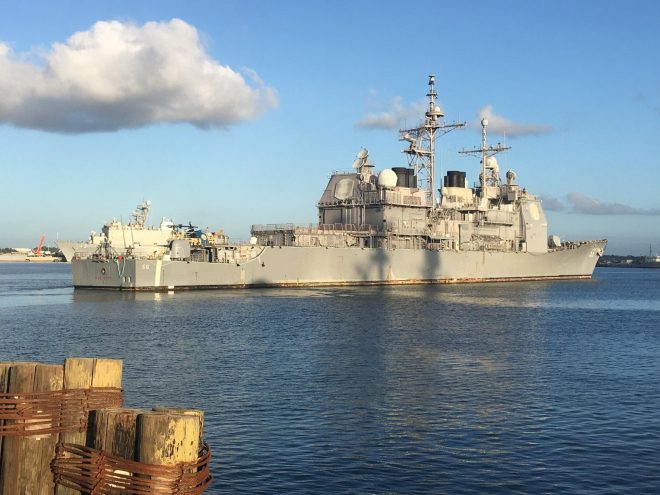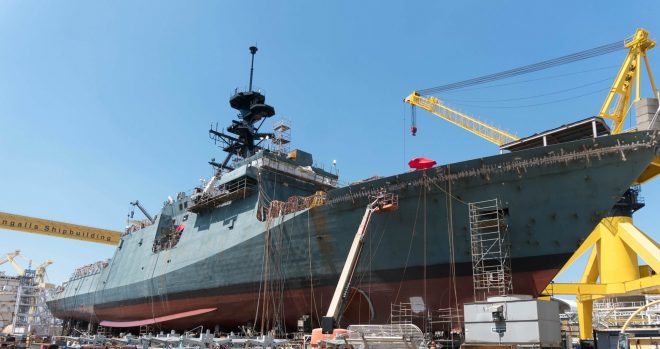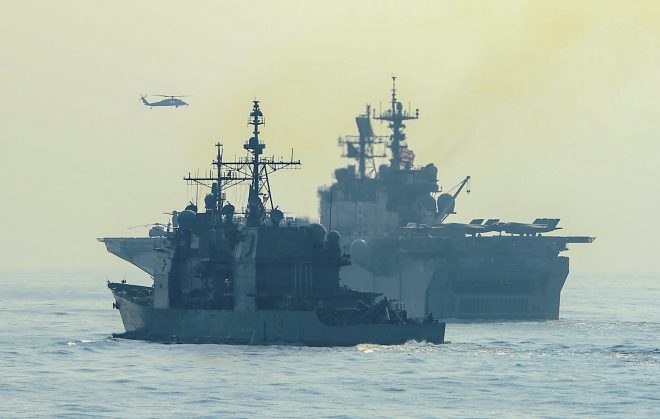shin_getter
ACCESS: Top Secret
- Joined
- 1 June 2019
- Messages
- 1,105
- Reaction score
- 1,482
Is Cruisers today more relevant than, say, Cruisers in WWII? If it were, and war breaks out, I don't think the marginal performance difference would be highlighted at all.
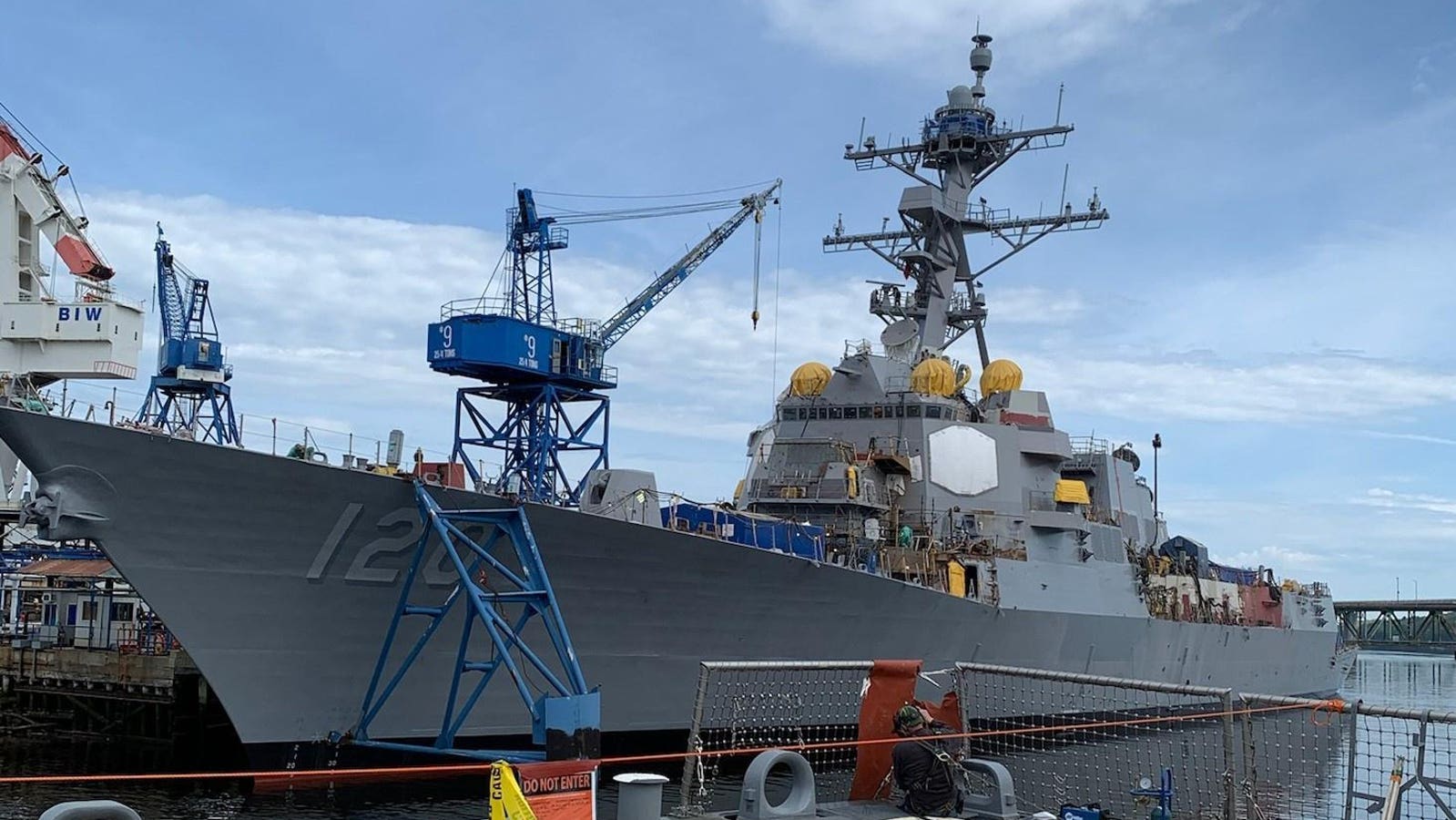
 www.forbes.com
www.forbes.com
The replacement for the Burke is a ... Long Burke?
Small programs with fast iteration is low risk compared to leap-ahead with large planned runs.
-----
edit: perhaps the Navy could steal AF digital engineering and plan an series of ships instead of one and done ddX design.

Seven Reasons The U.S. Navy Needs To Rethink Its Plan For A Next-Generation Destroyer
The Navy's DDG(X) destroyer isn't ready for primetime.
 www.forbes.com
www.forbes.com
The replacement for the Burke is a ... Long Burke?
Small programs with fast iteration is low risk compared to leap-ahead with large planned runs.
-----
edit: perhaps the Navy could steal AF digital engineering and plan an series of ships instead of one and done ddX design.

